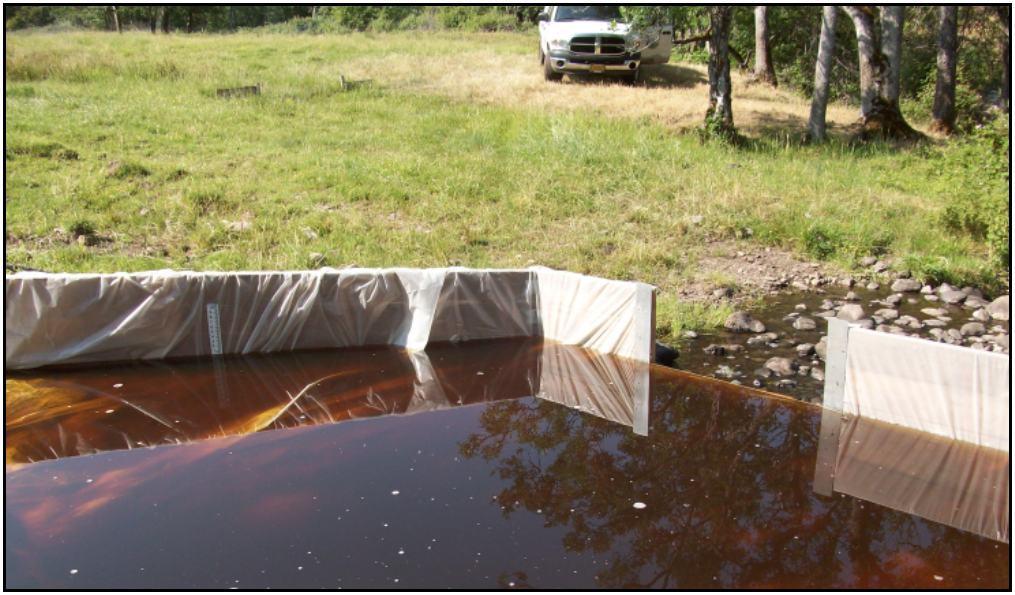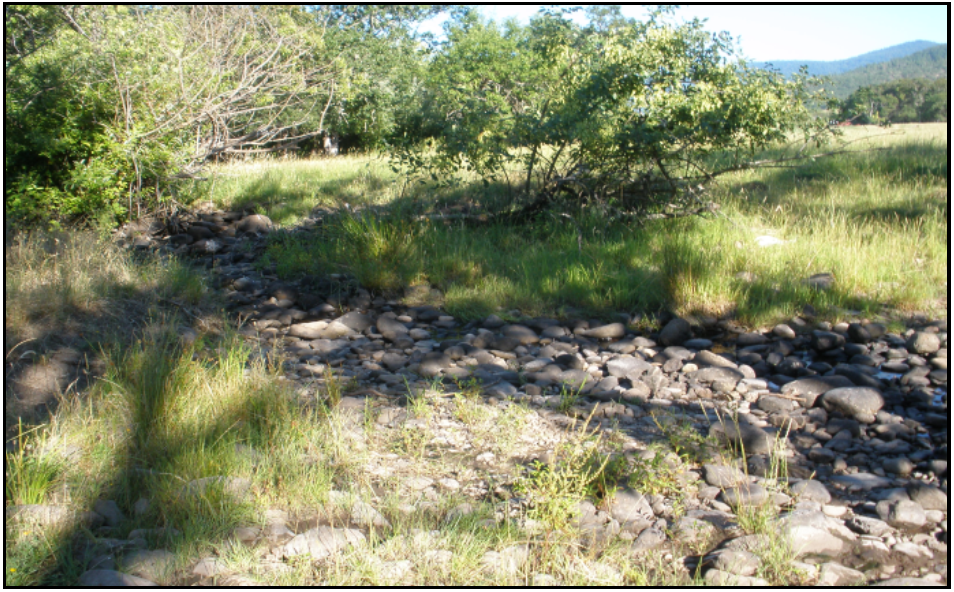Flood Irrigation Tailwater in the Little Butte Creek Watershed
In our region, tailwater, or the excess water that runs off a flood-irrigated field, is an important indicator of potential downstream water quality impacts. For seven years, JSWCD worked with partners to complete five studies to see just how much tailwater was reaching important spawning tributaries for Coho and other salmonids and what impacts it was bringing with it. We focused on the level of E. coli bacteria and temperature, before and after the water was applied to fields.
Additionally, we wanted to evaluate the difference we could make in the amount of tailwater run-off by converting historically flood-irrigated fields to sprinkler systems. The results were astounding (see photos below).
For the full summary and data, click the link below.
Tailwater Study Summary



